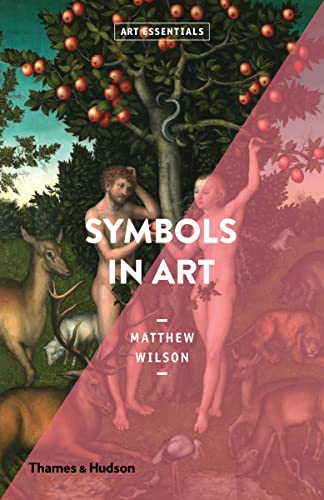Description
Iconography, or the study of symbols--be they animals, artifacts, plants, geometric shapes, or gestures--is an essential aspect of interpreting art. One of the most consistent features of human society throughout time has been the use of visual symbols, which often act as substitutions for the written word, crossing dialects and borders and uniting understandings of the world through a shared language. Incorporating and analyzing a wealth of cultures, Symbols in Art serves as a reference guide to fifty of the most frequently occurring symbols in global art history from 2300 BCE to the present day, exploring their subtle implications and covert meanings.
Entries devoted to specific symbols expose nuances of meaning and historical use, from easily identifiable symbols across the globe to those used to speak to specific cultural groups. This book exposes such intriguing correspondences as the symbolism of grapevines in a fifteenth-century painting by Giovanni Bellini compared to the images in Yinka Shonibare's Last Supper. Complete with a user-friendly glossary of symbols and a well-selected array of illustrations, this book illuminates common and thought-provoking symbols in art across history and the globe, functioning as an indispensable tool for interpretation.

